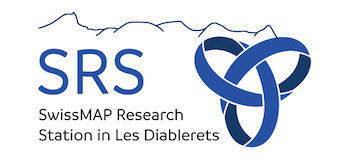I will present a nonperturbative recipe for directly computing the S-matrix in strongly-coupled QFTs. The method makes use of spectral data obtained in a Hamiltonian framework and can be applied to a wide range of theories, including potentially QCD. After discussing the general approach, I will demonstrate its application to the specific example of the 2+1d O(N) model at large N, using energy...
I will discuss the classical and quantum symmetries of TTbar-deformed CFTs. These symmetries are infinite in number and, in a certain basis, organise into a Virasoro x Virasoro algebra with the same central charge as that of the undeformed CFT. I will present a quantum, abstract proof of the existence of these symmetries and three different - and fully explicit - classical perspectives:...
We consider the quantum gravity partition function that counts the dimension of the Hilbert space of a spatial region with topology of a ball and fixed proper volume, and evaluate it in the leading order saddle point approximation. The result is the exponential of the Bekenstein-Hawking entropy associated with the area of the saddle ball boundary. This generalizes the classic Gibbons- Hawking...
We consider supersymmetric $AdS_3\times Y_7$ solutions of type IIB and
$AdS_2\times Y_9$ solutions of $D=11$ supergravity. These can arise as the
near horizon limit of black strings in $AdS_5$ and and black holes in $AdS_4$ spacetimes, respectively.
We explain how novel extremisation techniques enable one to compute physical observables
without explicitly solving Einstein equations. This...
I will motivate and study a holographic duality between on one hand a theory of superconformal quantum mechanics, and on the other, M-theory on a particular background. I will exhibit a broad class of black hole solutions, whose entropy must be captured by a degeneracy of states in the quantum mechanics. Through an asymptotic study of the superconformal index in the supergravity regime, I will...

